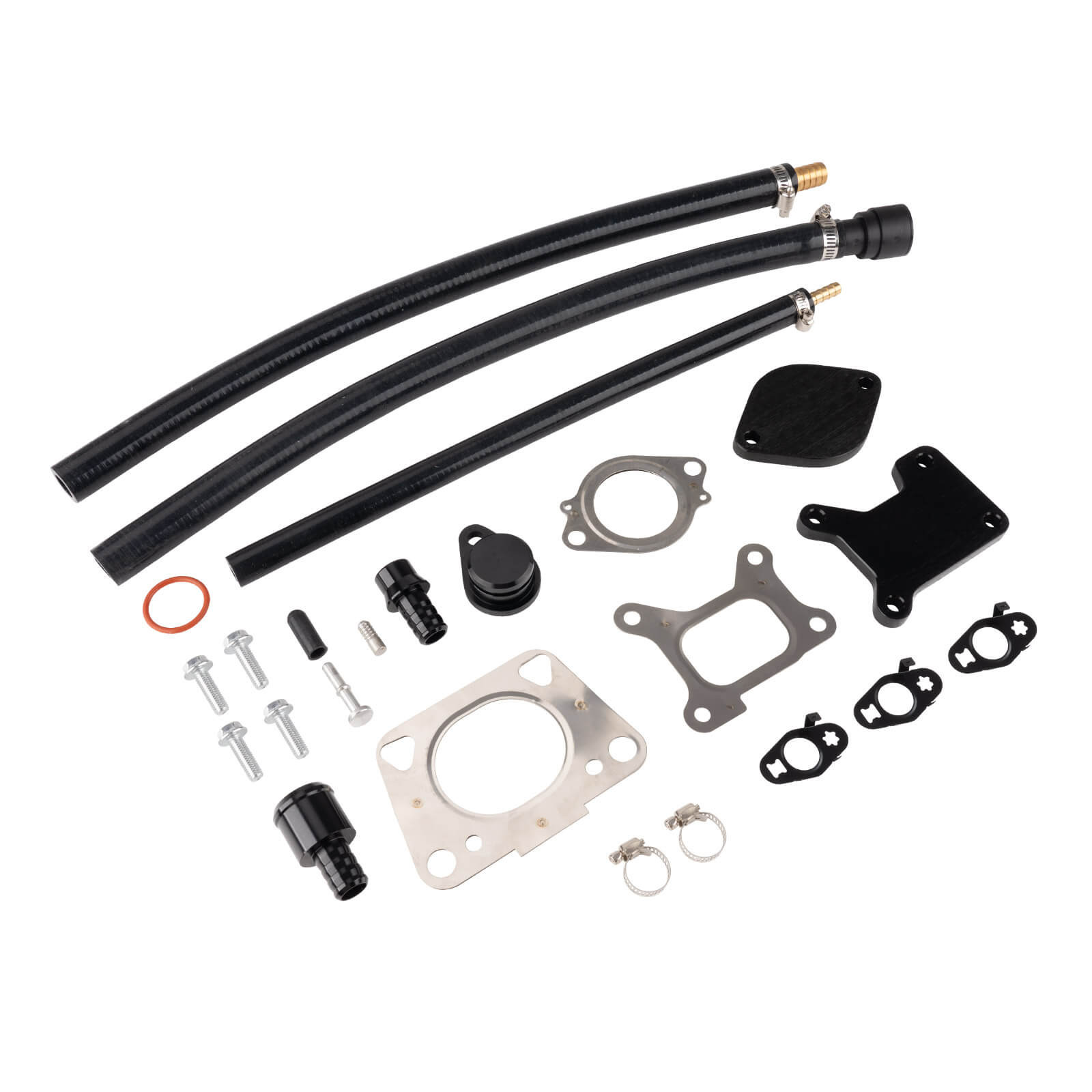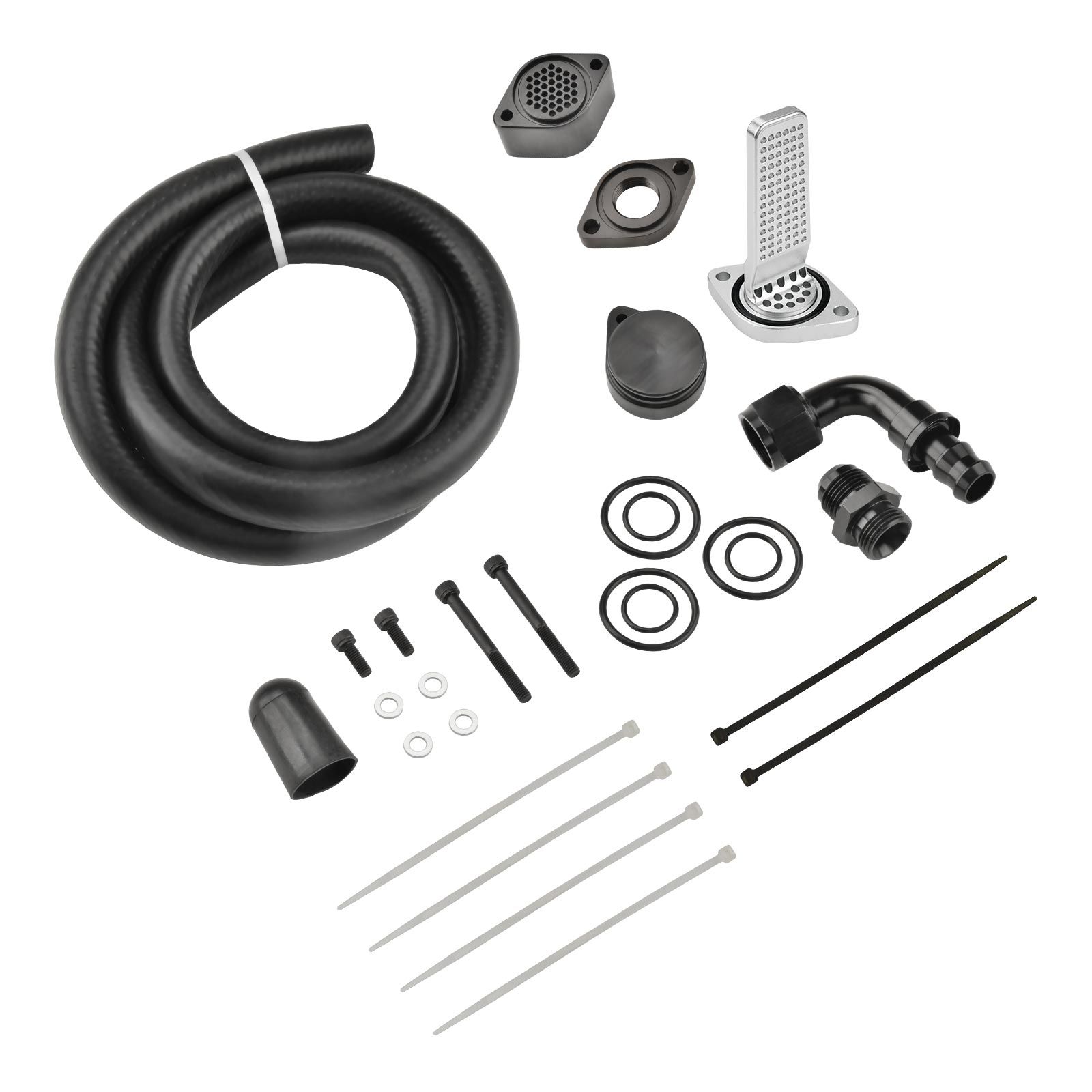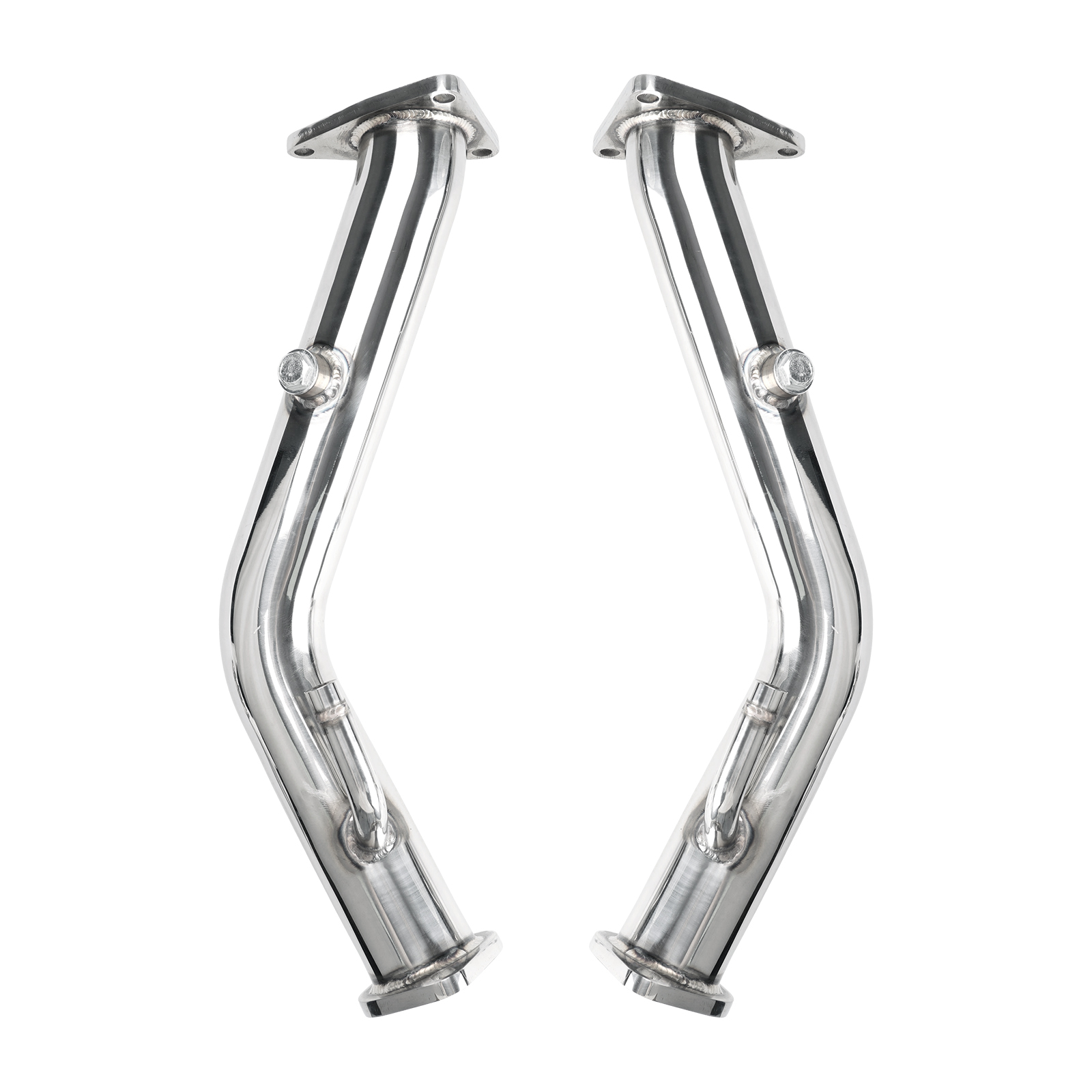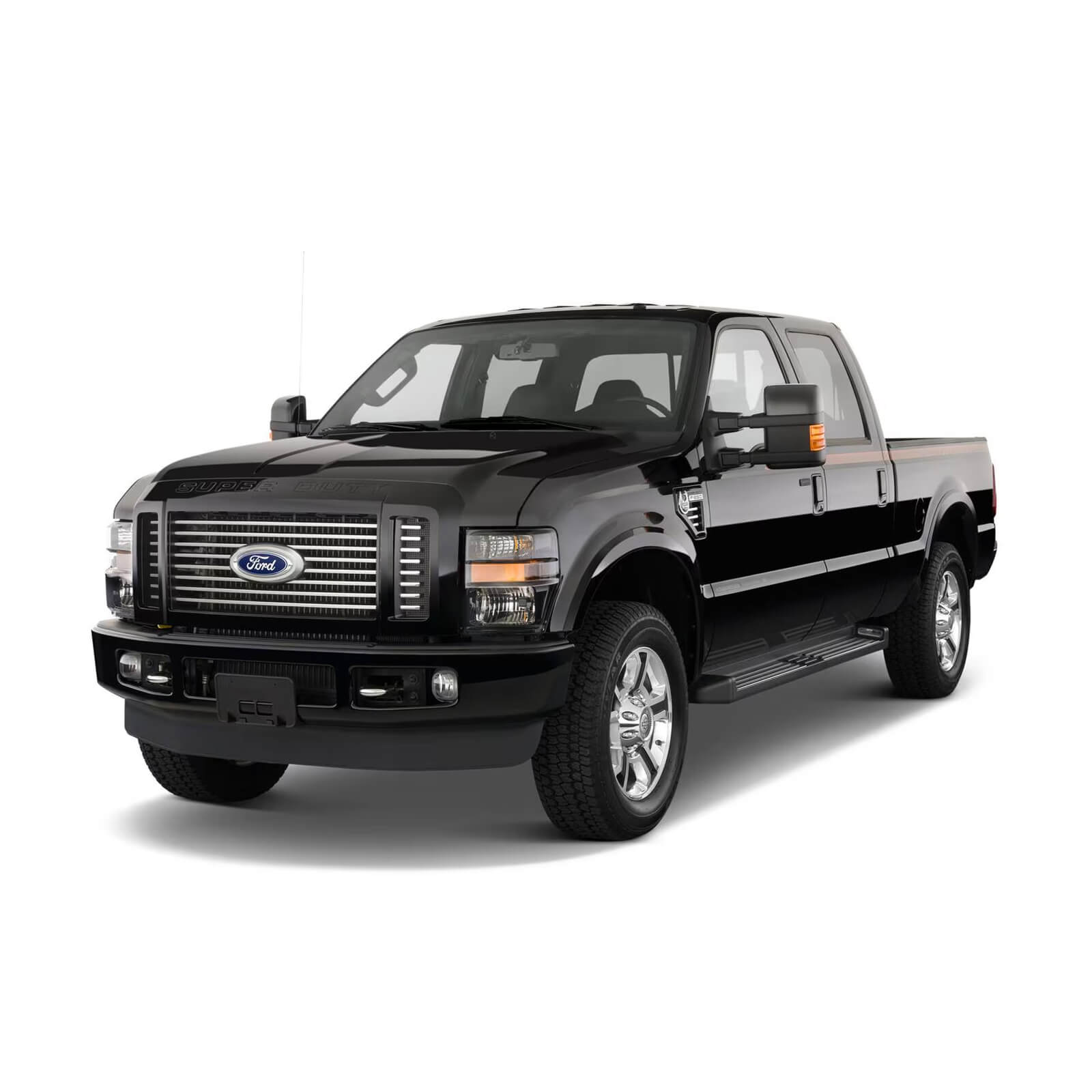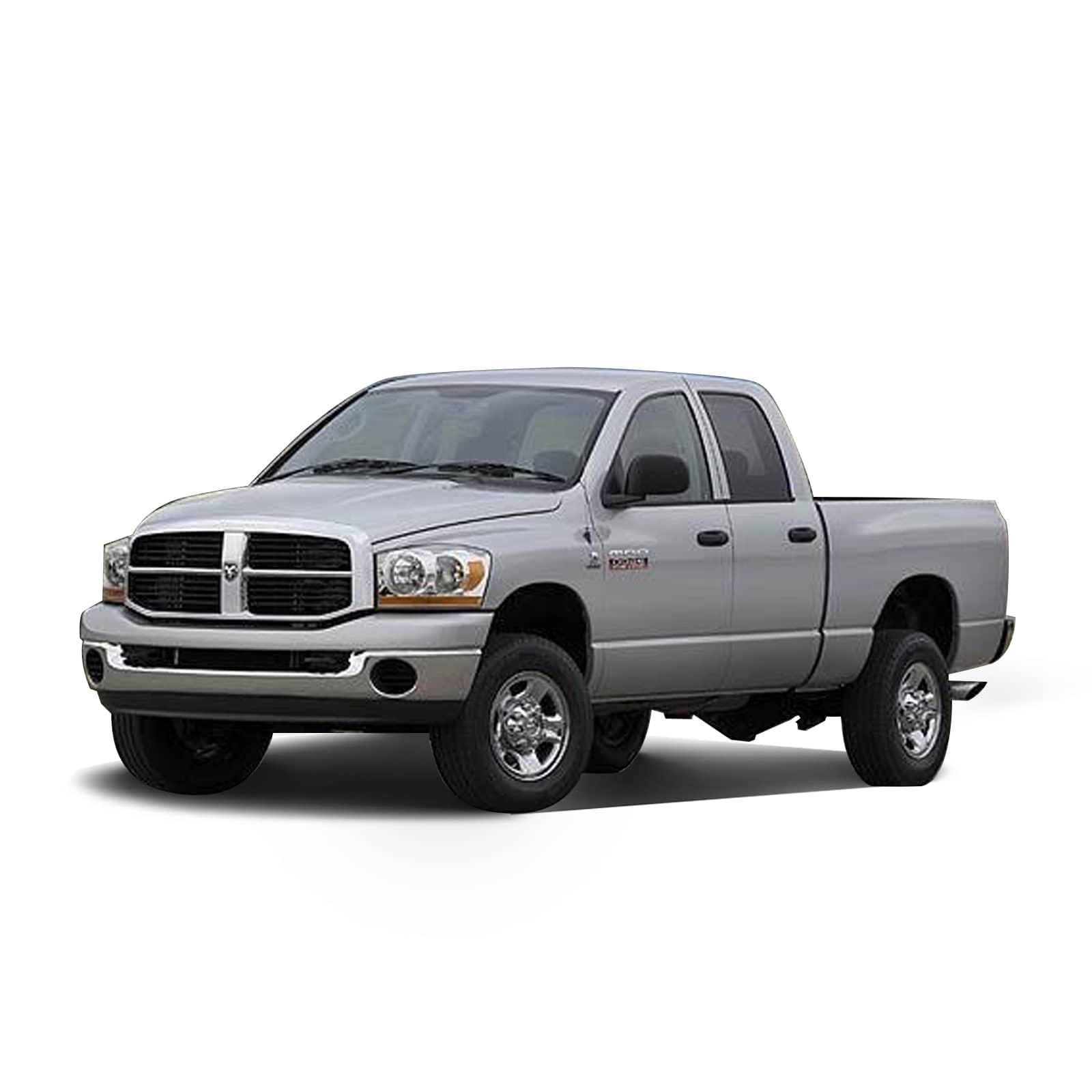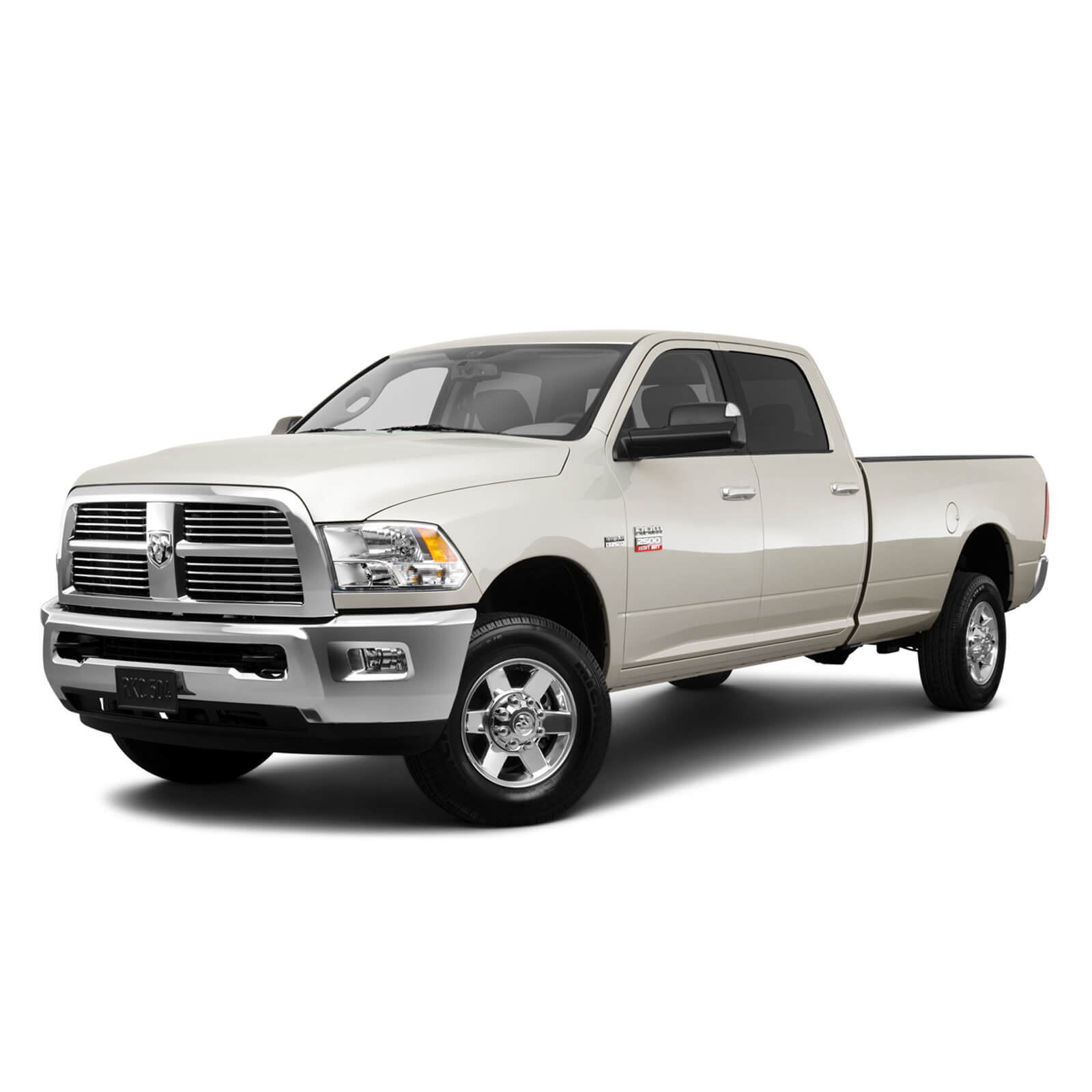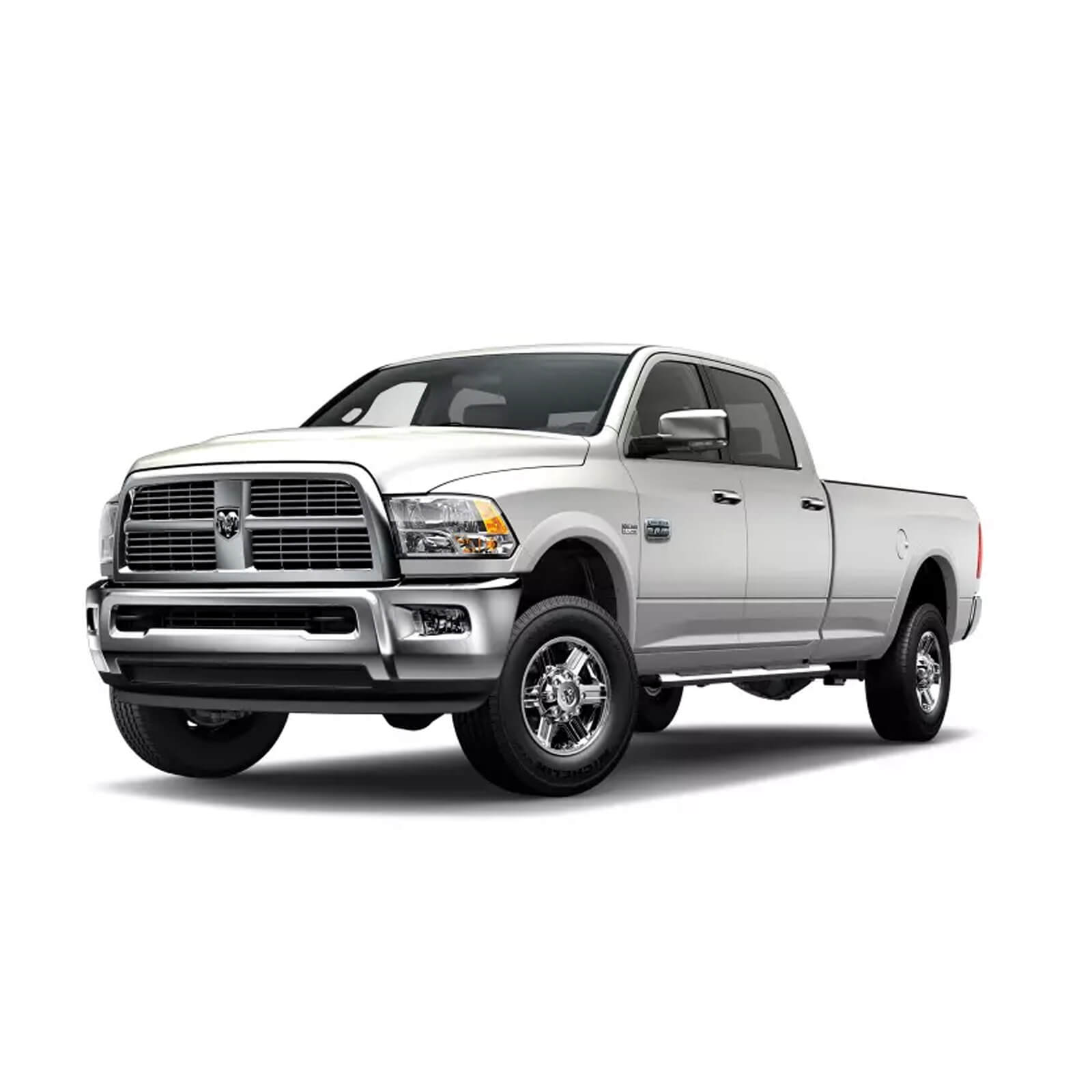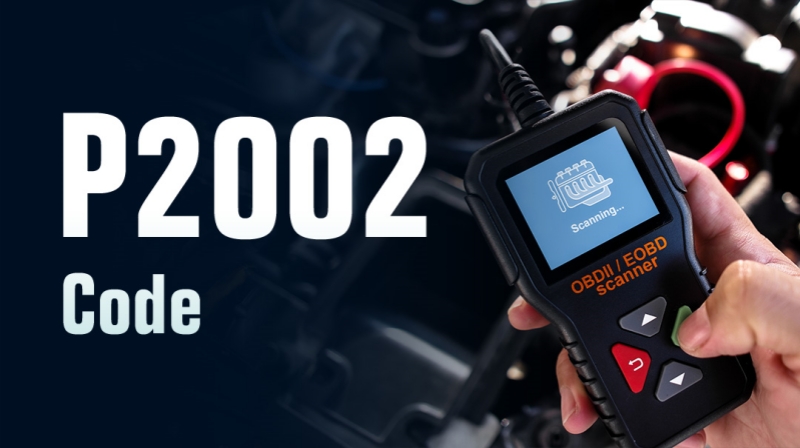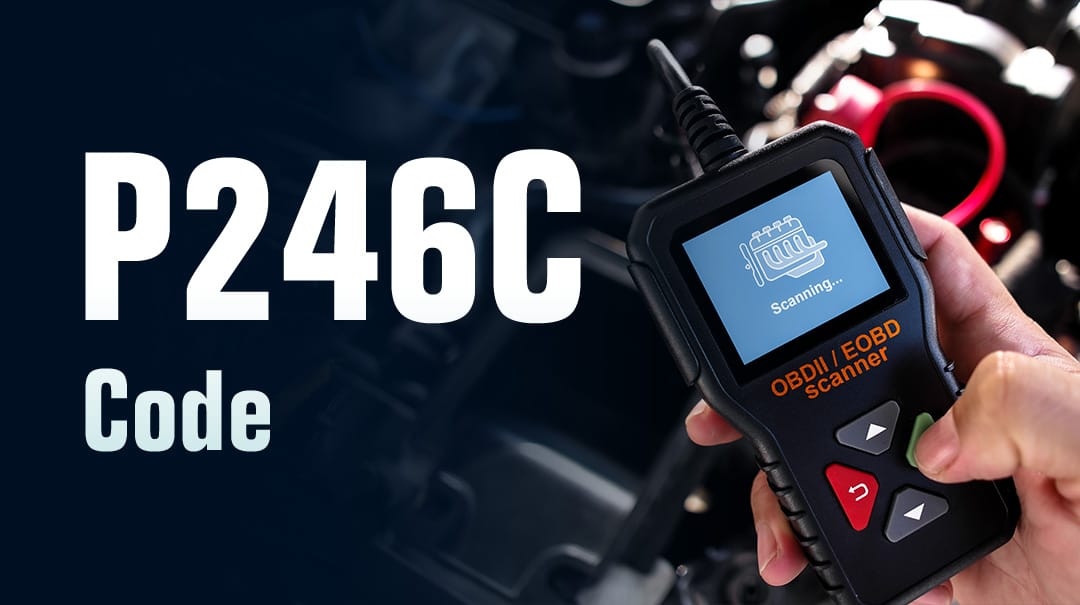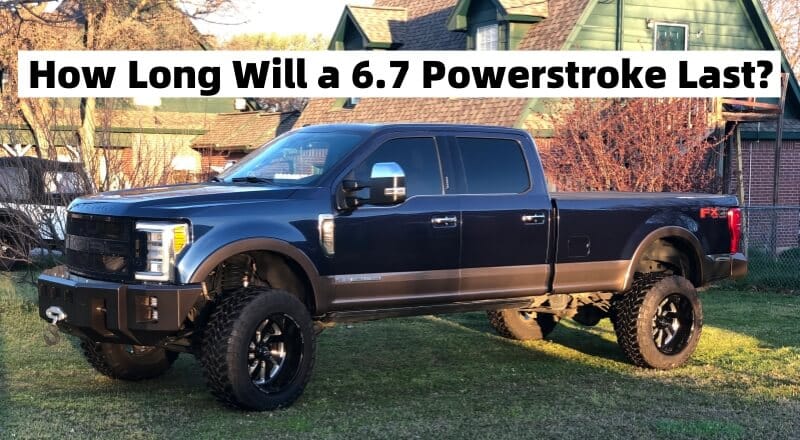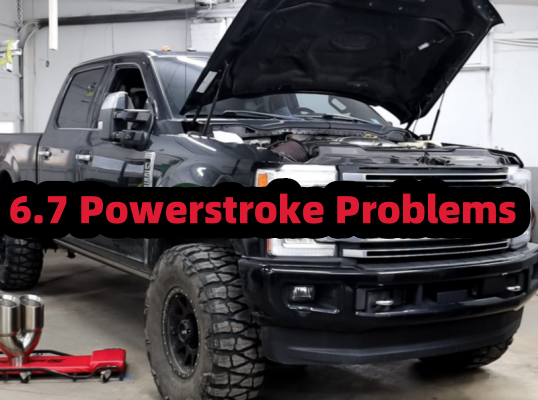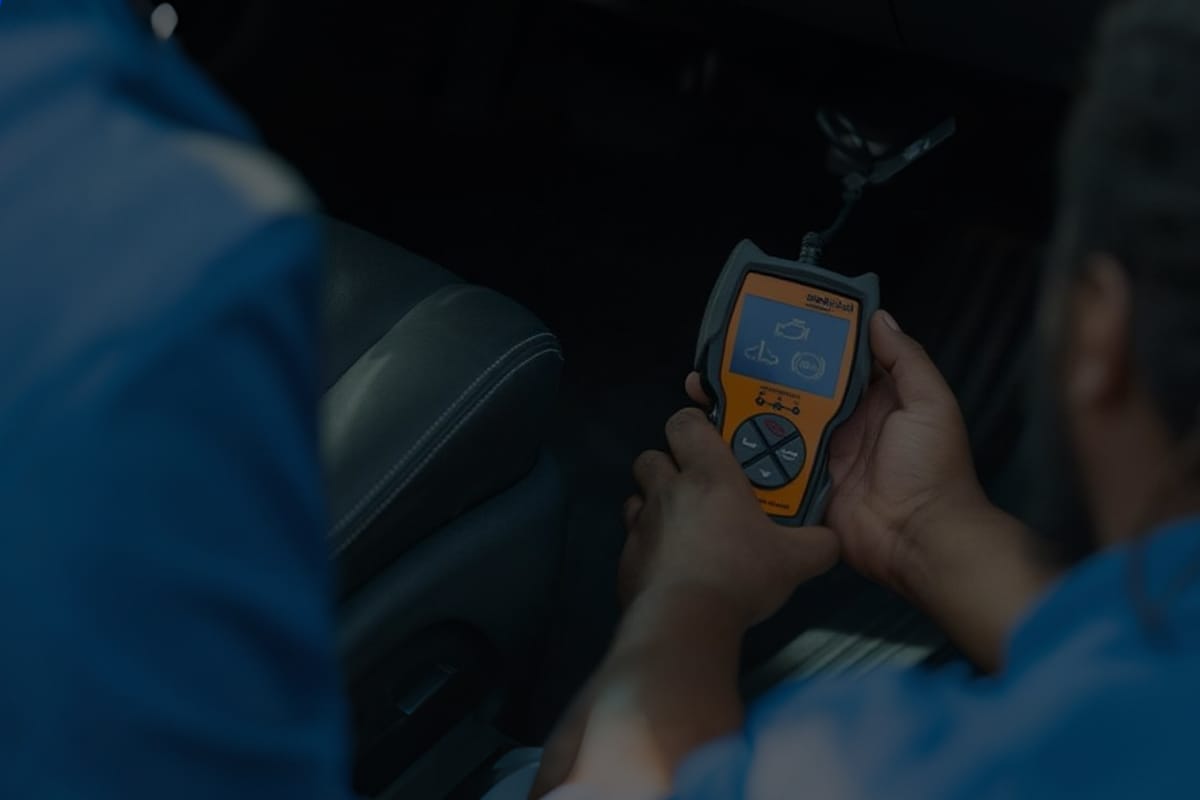On the Powerstroke forum, you'll often see owners frustrated by " 6.7 Powerstroke DPF delete problems ." For example, one owner shared his experience:
"My 6.7L Powerstroke has experienced a series of problems after deleting its DPF. The check engine light is on, and the tuner indicates an EGR error, which I don't know if I should clear. The soft start switch no longer works, even when the actual switch is connected. Even worse, the remote start worked when the DPF was first removed, but now it's completely broken. Does anyone know why?"
Stories like these are not uncommon. Many Ford Super Duty owners are drawn to DPF removal by the promise of "better fuel economy" and "less regeneration." However, the reality is that DPF deletion often leads to various problems.
In this article, we’ll systematically break down 6.7 Powerstroke DPF delete problems: why they occur, what the most common symptoms are, and what safer and more legal alternatives are available if you want to improve performance.
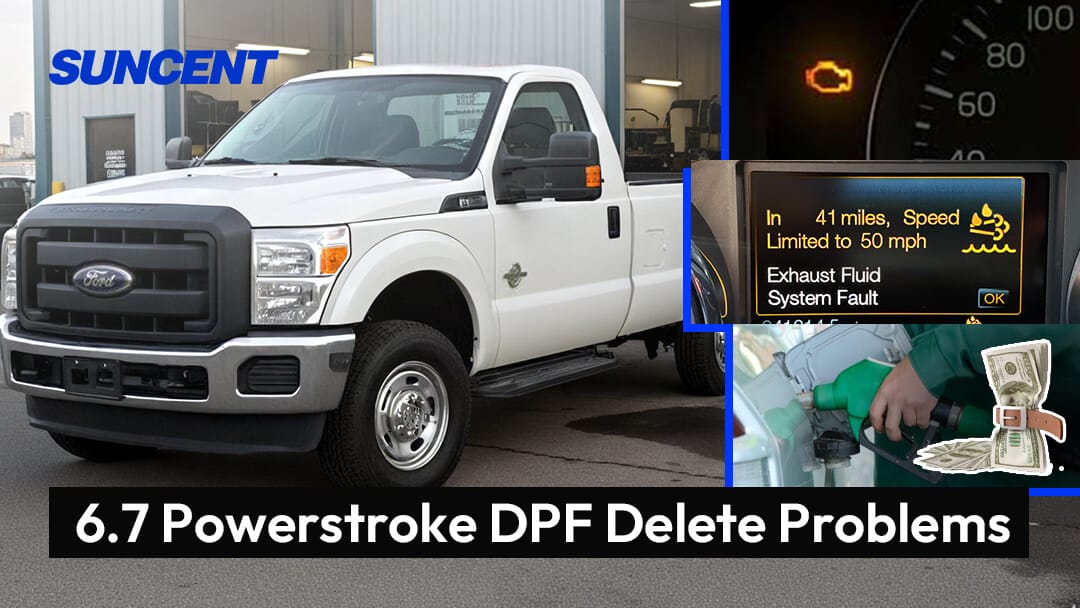
What Is a DPF Delete? Why Consider It?
A diesel particulate filter (DPF) is installed in the exhaust system to capture and store soot particles produced by diesel combustion. When the filter element becomes clogged, the vehicle uses a regeneration process (using high temperatures to burn away carbon deposits) to maintain smooth exhaust flow.
However, regeneration requires specific operating conditions, such as high speeds or high temperatures. If the vehicle is primarily used in urban areas or for short distances, the DPF can easily accumulate excessive carbon deposits, fail to regenerate, or frequently trigger fault codes, leading to various driving problems.
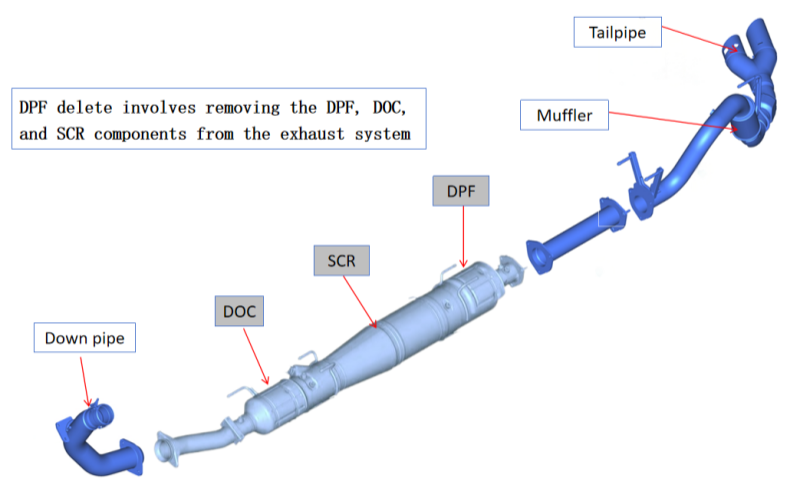
Common DPF Issues on 6.7 Powerstrokes
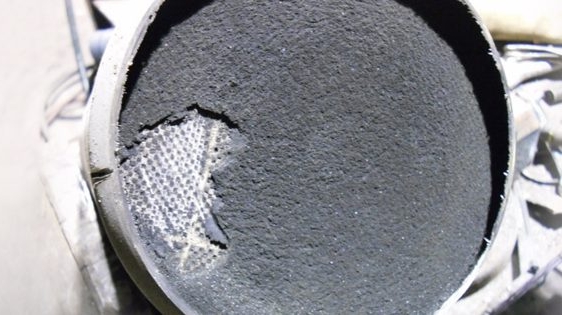
- Frequent regeneration interrupts the driving experience and may even cause a loss of power.
- When the filter element is severely clogged, the vehicle enters limp mode.
- Excessive exhaust back pressure reduces engine power output.
- Related temperature/pressure sensors frequently report errors, illuminating the engine check light.
- Long-term fuel consumption increases, significantly reducing fuel economy.
Why Might a Car Owner Consider Deleting the DPF?
Because of these issues, some 6.7 Powerstroke owners are turning to DPF delete kits. By removing the DPF and reprogramming the ECU, they hope to:

- Avoid expensive DPF replacement or repairs.
- Reduce the hassle of frequent regenerations.
- Improve exhaust flow, unlocking more power.
- Potential long-term maintenance cost savings.
However, while it sounds appealing, DPF deletion also introduces new issues and risks. It's crucial to understand these pros and cons before making a decision.
6.7 Powerstroke DPF Delete Problems and Solutions
Removing the DPF may seem like a quick way to improve power or reliability, but many owners end up facing new troubles. Here are some possible problems and solutions:
(1) Check Engine Light and Trouble Codes
Problem : After removing the DPF, the engine computer may throw codes such as P0401 (Insufficient EGR Flow) or P2002 (DPF Efficiency Below Threshold).
Cause : The ECU still tries to monitor the sensor, but it has been removed.
Solution : Use a professional tuner (emission tuning) or keep the DPF system intact and cleaned regularly.
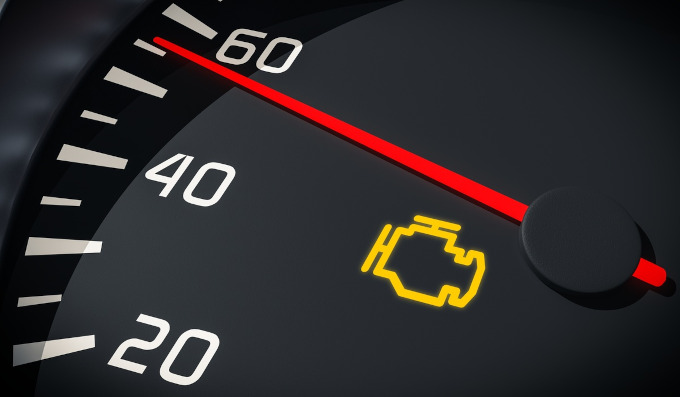
(2) Increased Fuel Consumption
Problem : Many people expect better MPG after removing the DPF, but some find that fuel economy decreases, throttle response becomes worse, and even vibration occurs.
Cause : Imbalanced adjustment or excessive fuel injection.
Solution : Choose a balanced custom tune, check the injectors and air/fuel ratio.
(3) Turbo/transmission Anomalies
Problem : Turbo lag, rough shifting, or the truck goes into limp mode.
Cause : Removing the DPF changes exhaust back pressure, which can disrupt the way the turbocharger and transmission are calibrated.
Solution : Avoid illegal removal; if it has been removed, re-tune using the correct file and check the mechanical components.
(4) Engine Overheating and Shortened Life
Problem : Damage to the turbocharger, piston rings, or valves.
Cause : Exhaust gas temperatures soar after removing the DPF
Solution : Keep the emission system intact or use genuine parts. Cleaning the DPF regularly can also help.

(5) Legal and Warranty Risks
Problem : In most areas, removing the DPF is illegal. Your truck may not pass inspection and the warranty may be voided.
Cause : Environmental laws strictly regulate emission systems.
Solution : Consider removal only for off-road or track use. For daily use, stick with legal and emission-compliant options.
Real Risks: A Reality Check on the 6.7 Powerstroke DPF Deletion
Laws and Inspections
Removing the DPF is illegal on public roads in the United States, Canada, the United Kingdom, the European Union, and Australia.
The truck may fail its annual inspection, lose registration, and even be fined by the EPA.
Warranty, Resale, and Service Impacts
A deletion almost always voids the emissions and powertrain warranties.
Dealers may refuse service or reduce the trade-in value.
Drivability and Reliability
An improperly adjusted deletion may result in persistent fault codes, de-rating (reduced power), rough shifting, and even excessive smoke and noise.
The diesel odor in the cabin may become stronger, and the exhaust note may become louder, sometimes even unpleasant.
Other Options: DPF Removal, Cleaning, and OEM Replacement
Besides DPF removal, there are other alternatives available. Below is a comparison of several major solutions.
| Option | Advantages | Disadvantages | Best For |
| DPF Removal + Tuning | More exhaust flow, potential power | Illegal, unstable fuel use, shortens life | Off-road/track only |
| DPF Cleaning | Legal, affordable, restores performance | Must repeat every 50k–100k km | Daily driving, light towing |
| OEM DPF Replacement | Warranty safe, reliable | Expensive | Long-term ownership |
| Emissions-On Tuning | Legal, fuel-efficient, smooth driving | Limited power increase | Road-legal, economy-focused drivers |
Expert Advice for Specific Scenarios
| Scenario | Recommended Strategy | Why This Works |
| Daily Commuter | Keep DPF + Emissions-On Tuning | Maintains legality, reliability, and fuel efficiency |
| Heavy Towing | Clean the DPF regularly or off-road delete | Minimizes regen interruptions, protects EGTs |
| Off-road/Track | Full removal + legal off-road tune | Maximizes power, but avoids street-legal consequences |
Summary and Key Points
Removing the DPF isn't a one-size-fits-all solution.
If done improperly, removing the DPF can cause new problems. Your decision should be based on your driving needs, local laws and regulations, and your long-term vehicle goals.
- For most drivers : A legal tune-up and regular DPF cleaning are the best approach.
- For off-road/track enthusiasts : Consider removal only if you accept the mechanical and legal risks.
👉 Final advice: Always consult a trusted diesel mechanic before making any changes.
Frequently Asked Questions
Q1: What problems typically occur after a 6.7 Powerstroke DPF delete?
A1: Expect persistent engine fault codes, decreased MPG, shifting issues, and possibly limp mode—usually caused by an incomplete tune-up or excessive engine stress.
Q2: Will removing the DPF void my warranty or make my truck illegal?
A2: Yes. Removing the DPF almost certainly voids the warranty, and in most areas, it is illegal to operate a DPF on the road.
Q3: Is cleaning the DPF a good option?
A3: Yes! Cleaning the DPF can restore performance, maintain legality, and is much cheaper than replacing it. However, if frequent cleanings don't solve the problem, you may want to consider replacing the DPF (if legal).
Q4: Does removing the DPF improve fuel economy?
A4: Sometimes it can, but many people experience no improvement or even a decrease in fuel economy. This is because an unbalanced tune-up can reduce fuel economy.
Q5: Are there any safe and legal ways to improve vehicle performance?
A5: Absolutely. Balance performance and compliance with emissions-compliant tune-ups, regular DPF maintenance, or OEM parts.














